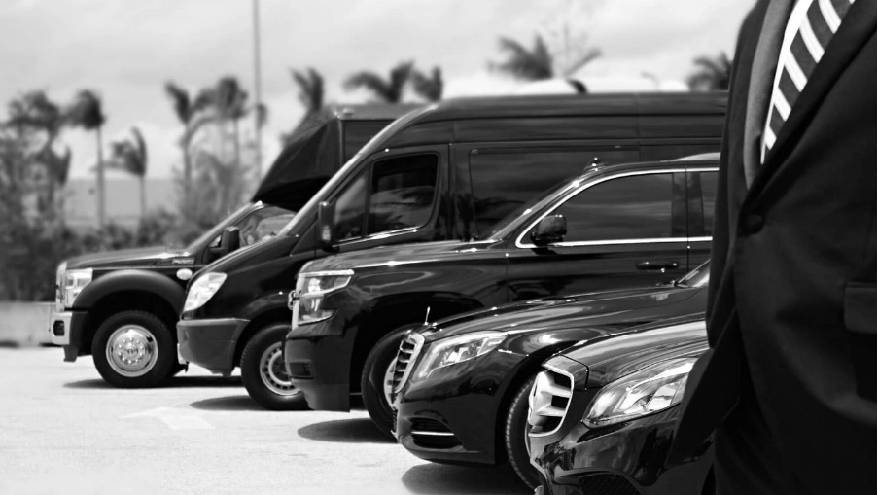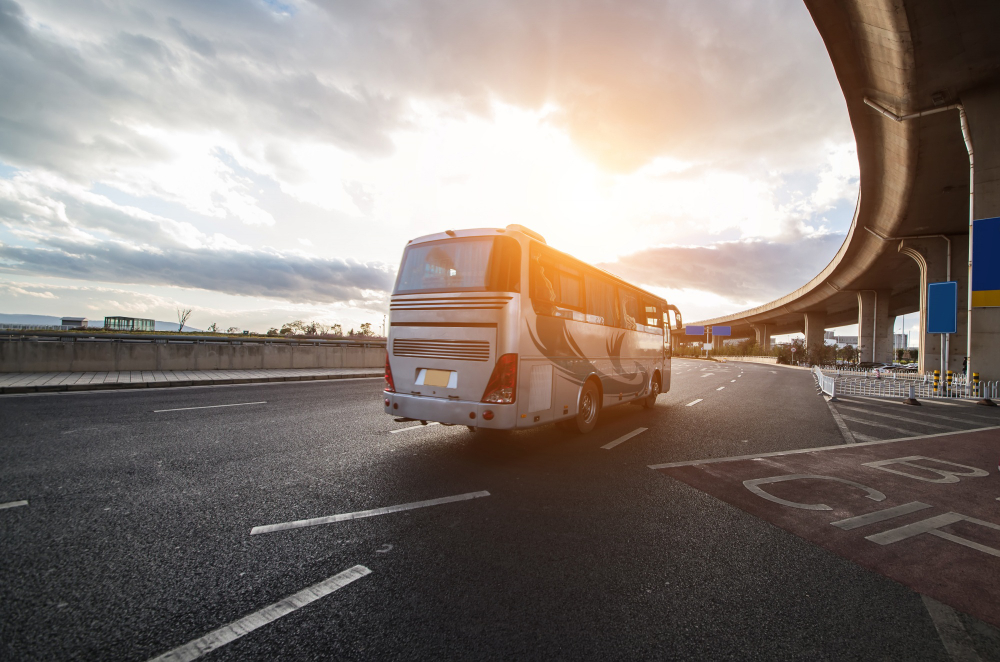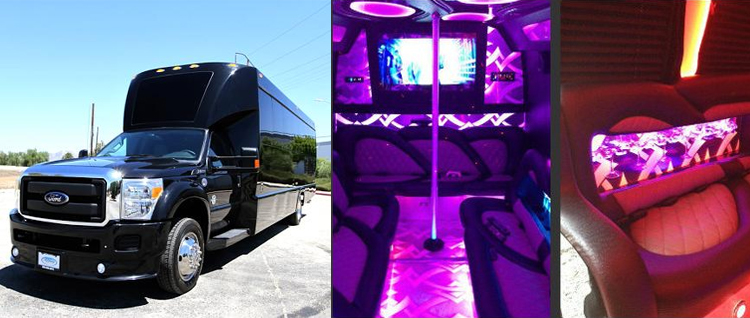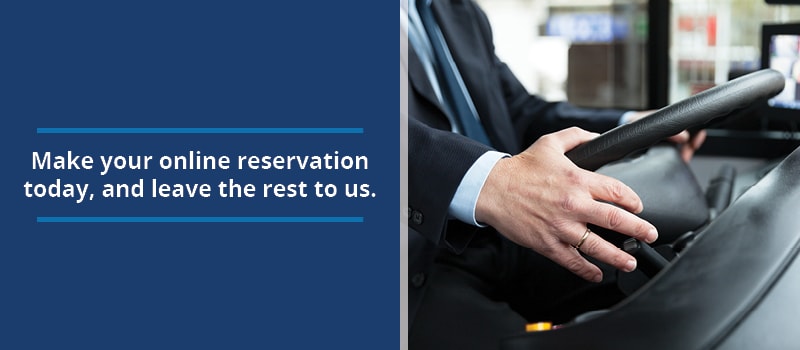In a bustling metropolis like Washington DC, navigating the city’s myriad attractions can be a daunting task. From historic landmarks to vibrant cultural hotspots, there’s so much to see and do. However, fret not, for there’s a convenient solution at hand – charter bus services. These services offer a hassle-free way to explore the capital, ensuring comfort, convenience, and unforgettable experiences for tourists and locals alike.
Why Choose Charter Bus Services?
Convenience
One of the primary reasons to opt for charter bus services in Washington DC is the unparalleled convenience they offer. Instead of worrying about driving through traffic or finding parking spaces, passengers can sit back, relax, and enjoy the journey. With professional drivers at the helm, navigating the city becomes a breeze, allowing travelers to focus on soaking in the sights and sounds of the capital.
Comfort
Charter buses are designed with passenger comfort in mind. Featuring spacious seating, ample legroom, and climate control systems, these vehicles ensure a pleasant and enjoyable ride for everyone on board. Whether you’re traveling solo, with family, or as part of a group, you’ll find that charter buses provide a comfortable and relaxing environment throughout your journey.
Safety
Safety is paramount when it comes to transportation, and charter bus services prioritize passenger wellbeing above all else. From regular maintenance checks to adherence to safety regulations, reputable charter bus companies go to great lengths to ensure the safety and security of their passengers. Travelers can rest assured knowing that they’re in capable hands every step of the way.
Exploring Washington DC: A Sightseeing Adventure
National Monuments and Landmarks
Washington DC is home to a wealth of national monuments and landmarks, each with its own unique significance and beauty. From the iconic Lincoln Memorial to the majestic Washington Monument, these historic sites offer a glimpse into the nation’s rich history and heritage. With a charter bus at your disposal, you can embark on a comprehensive sightseeing tour, visiting key attractions and learning about the stories behind them.

Museums and Cultural Institutions
he capital boasts an impressive array of museums and cultural institutions, catering to a diverse range of interests and preferences. Whether you’re passionate about art, history, science, or politics, there’s something for everyone to enjoy. With a charter bus service to transport you from one museum to the next, you can explore at your own pace, immersing yourself in the captivating exhibits and collections on display.

Neighborhoods and Districts
Beyond its famous landmarks and museums, Washington DC is comprised of vibrant neighborhoods and districts, each with its own distinct character and charm. From the bustling streets of Georgetown to the eclectic vibe of Adams Morgan, there’s no shortage of places to explore and discover. With the flexibility afforded by charter bus services, you can venture off the beaten path and experience the city like a local, uncovering hidden gems and hidden treasures along the way.

Planning Your Charter Bus Adventure
Customized Itineraries
One of the greatest advantages of charter bus services is the flexibility they provide in crafting customized itineraries. Whether you’re planning a day trip to explore the city’s iconic landmarks or a multi-day excursion to delve deeper into its rich cultural tapestry, charter bus companies can work with you to create the perfect itinerary tailored to your interests and preferences. From sightseeing tours to museum visits to neighborhood explorations, the possibilities are endless when you have a charter bus at your disposal.
Group Travel Made Easy
Traveling with a group can be a logistical challenge, but charter bus services simplify the process and make group travel a breeze. Whether you’re organizing a school field trip, a corporate outing, or a family reunion, charter buses offer ample seating capacity to accommodate large groups comfortably. With onboard amenities such as Wi-Fi, restrooms, and entertainment systems, passengers can stay connected and entertained throughout the journey, making for a memorable and enjoyable experience for all.
Environmental Sustainability
In an era where environmental sustainability is of paramount importance, charter bus travel emerges as a greener alternative to individual car travel. By consolidating passengers into a single vehicle, charter buses help reduce traffic congestion and lower carbon emissions, contributing to a cleaner and more sustainable environment. Travelers can take pride in knowing that their choice of transportation is making a positive impact on the planet, one mile at a time.

Choosing the Right Charter Bus Company
Reputation and Experience
When selecting a charter bus company for your Washington DC adventure, it’s essential to consider factors such as reputation and experience. Look for companies with a proven track record of excellence in customer service and safety. Reading reviews and testimonials from past passengers can provide valuable insights into the quality of service provided by a particular company, helping you make an informed decision.
Fleet Quality and Amenities
The quality and condition of the charter bus fleet are also critical considerations when choosing a company. Opt for companies that maintain modern, well-equipped vehicles with amenities such as comfortable seating, air conditioning, and onboard entertainment options. Inspecting the fleet in person or viewing photos online can give you a sense of the level of comfort and convenience you can expect during your journey.
Cost and Value
While cost is undoubtedly a factor to consider, it’s essential to weigh it against the value offered by a charter bus company. Avoid companies that offer overly cheap rates at the expense of safety or comfort. Instead, look for companies that provide transparent pricing and value-added services, such as knowledgeable tour guides or complimentary refreshments. Remember that investing in a reputable and reliable charter bus service is an investment in a stress-free and enjoyable travel experience.
FAQs About Charter Bus Services in Washington DC
1. How do I book a charter bus for my trip?
A: Booking a charter bus is easy. Simply contact a reputable charter bus company in Washington DC like Uptown Bus, provide details about your trip, including dates, destinations, and group size, and they’ll help you choose the right vehicle and plan for your needs.
2. Are charter buses safe?
A: Yes, charter buses are one of the safest modes of transportation. They are subject to strict safety regulations enforced by federal and state authorities. Reputable charter bus companies prioritize passenger safety, conducting regular maintenance checks and employing experienced, professional drivers to ensure a secure journey.
3. What amenities are available on charter buses?
A: Charter buses come equipped with various amenities to enhance passenger comfort and convenience. These may include reclining seats, air conditioning, onboard restrooms, Wi-Fi connectivity, power outlets, and entertainment systems. Some charter bus companies may also offer complimentary refreshments and snacks for longer journeys.
4. Can I customize my itinerary with a charter bus service?
A: Yes, one of the primary benefits of charter bus services is the flexibility they offer in crafting customized itineraries. Whether you’re planning a sightseeing tour of the city’s landmarks, a visit to museums and cultural institutions, or exploring neighborhoods and districts, charter bus companies can accommodate your preferences.
5. How much does it cost to rent a charter bus?
A: The cost of renting a charter bus varies depending on factors such as the size of the vehicle, the duration of the trip, the distance traveled, and any additional services requested. It’s best to contact charter bus companies directly for a quote tailored to your specific needs and budget.
Conclusion
In conclusion, charter bus services offer a convenient, comfortable, and safe way to explore Washington DC and all it has to offer. Whether you’re a first-time visitor or a seasoned local, these services provide an ideal means of transportation for navigating the capital’s bustling streets and discovering its many wonders. So why wait? Book your ticket to convenience today and embark on an unforgettable journey through the heart of the nation’s capital.
Whether you need a Northern VA party bus rental or a DC limo bus, let us handle your luxury transportation needs. Call us at- (202) 999-0723 and speak to a real person for a free quote or book your party limo for DC online today. Don’t settle for subpar service when the options for elegance, comfort, and style are right here at your fingertips.





















